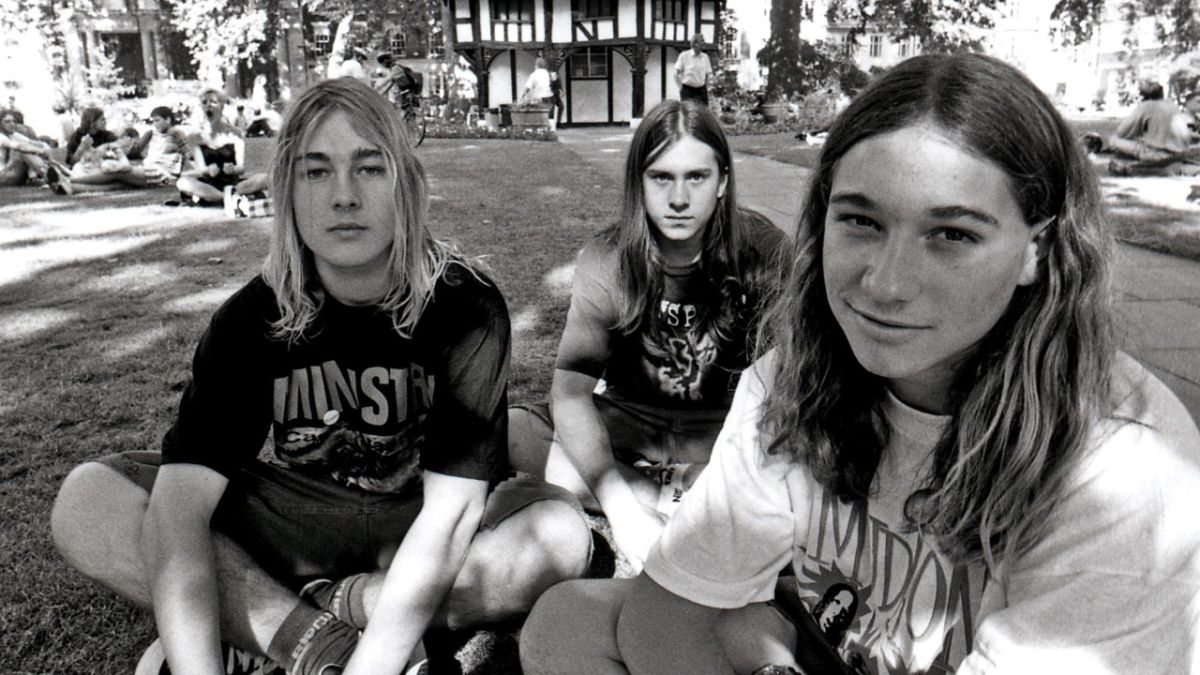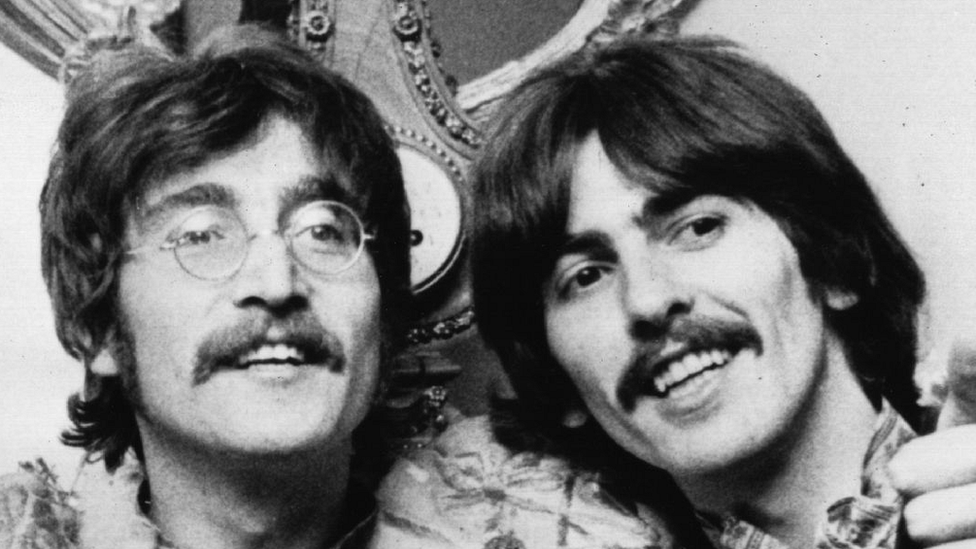The Early Years: A Band in the Making
Silverchair, the Australian rock trio, emerged on the music scene in the mid-’90s, leaving an indelible mark that forever defines their place in music history. Their journey from obscurity to international fame, followed by the subsequent challenges they faced, paints a compelling narrative of the rise and fall of Silverchair. In this article, we will take a deep dive into their remarkable journey, highlighting the key moments, struggles, and transformations that shaped their career.
The Meteoric Rise
Silverchair’s ascent to fame was nothing short of meteoric. In 1994, a demo tape contest called “Pick Me” would change their lives forever. Their track “Tomorrow” caught the ear of a judge, leading to their victory. This marked the beginning of their extraordinary journey. “Tomorrow” soared to the top of the Australian charts, selling a staggering 175,000 copies within a month. The band quickly gained radio airplay, attracting the attention of record labels.

They signed with Murmur Records and adopted the name Silverchair, a fusion of Nirvana’s “Sliver” and You Am I’s “Berlin Chair.” Their debut album, “Frogstomp,” achieved international success, earning them millions and solidifying their status as a rock sensation. They toured extensively, opening for legendary acts like the Red Hot Chili Peppers and the Ramones. By the end of the day, “Frogstomp” was certified double-platinum in America and multi-platinum in Australia, with Rolling Stone estimating that each member earned about $1 million. The band’s meteoric rise had set them on a trajectory for stardom.
Challenges and Changes
However, with success came challenges and changes. Silverchair’s sophomore album, “Freak Show,” faced the daunting task of following up the massive success of their debut. While it produced hits like “Abuse Me” and “Freak,” it couldn’t replicate the commercial heights of “Frogstomp.” The band members were still teenagers, juggling school with their music careers. This period marked a turning point as they decided to exclude their parents from the recording studio, a significant move toward independence.
Despite their early success, their egos seemed in check. Daniel Johns would tell the LA Times in 1995, “We still think we kind of suck. We’re still learning, you know, and we are improving. The more you play, the better you get. But it’s just weird to us because there’s a lot of other really good bands here in Australia–bands who play much better than us–that still aren’t signed.”

When it came to the critics, many of them felt the band’s debut album relied too heavily on their Seattle Grunge influences. And despite constant comparisons to Nirvana, Johns denied the trio were major Nirvana fans, but admitted to being bigger fans of Pearl Jam. In fact, the director who shot “Tomorrow” was Mark Pellington, who also did Pearl Jam’s video “Jeremy.”
The Transformation with “Neon Ballroom”
With their third album, “Neon Ballroom,” Silverchair departed from their grunge roots, incorporating keyboards and synthesizers. The album reflected a deeper, more personal approach to songwriting, as Daniel Johns battled anxiety, depression, and an eating disorder. This challenging period in his life led to lyrics that delved into psychological issues and self-reflection.
Daniel Johns revealed in an interview with MTV, “I wrote ‘Neon Ballroom’ in that time where I hated music. Really everything about it, I hated… but I couldn’t stop doing it. I felt like a slave to it.”
Johns, in a separate interview, would tell MTV that leaving school influenced his writing on the album as he was solely focused on writing rather than fitting in school work around trying to be a musician. He said, “With the previous two albums, the lyrics were very focused on the anger I was feeling towards certain groups and sub-cultures and people. And with this album, musically and lyrically, I just wanted to do something that people wouldn’t expect, so I really just focused on things that I was feeling about myself, and psychological issues, and lyrically, it’s a lot deeper and means a bit more to me.”
Fans understood just how deep the lyrics were as around the time of “Neon Ballroom”’s release as Johns went public with his struggle with anxiety, depression, and an eating disorder. John would reveal his problems started in 1997 following the band’s tour for “Freak Show.” After returning home, he took the advice of his therapist and moved out of his parents’ home and into his own place. It was during his time living alone that he isolated himself from the outside world, wrote poetry for six months in 1998. He revealed to MTV, “I had a lot of troubles with anxiety and had to take medication because every time I left the house, I would think people had conspiracies and people were after me, and every time I left the house [I thought] I was going to be beaten up.”
The writing process also proved to be different as the album’s songs didn’t start out with music first, but rather the poetry Johns wrote in isolation. Unlike previous Silverchair releases, the music was shaped around the lyrics. The only exception to this album was the song “Anthem for the Year 2000,” which apparently dated back to the mid-’90s.
After “Neon Ballroom,” the group parted ways with Sony and signed with two different labels. This marked a significant shift in their career trajectory as they continued to evolve their sound and explore new musical territories.
The Legacy of Silverchair
In conclusion, Silverchair’s rise and fall encapsulate the tumultuous nature of the music industry. From humble beginnings to international fame, the band’s journey was filled with triumphs and challenges. While they faced setbacks and underwent musical transformations, Silverchair’s enduring legacy as one of Australia’s most iconic rock bands continues to inspire new generations of musicians and fans. Their willingness to evolve, confront personal demons, and push musical boundaries sets them apart as a band that not only made a mark but also left a lasting impression on the world of music.
As we reflect on the rise and fall of Silverchair, we are reminded that the music industry is a dynamic landscape where artists must constantly adapt and reinvent themselves to stay relevant. Silverchair’s journey serves as a testament to the power of perseverance, creativity, and the enduring impact of music on our lives.










